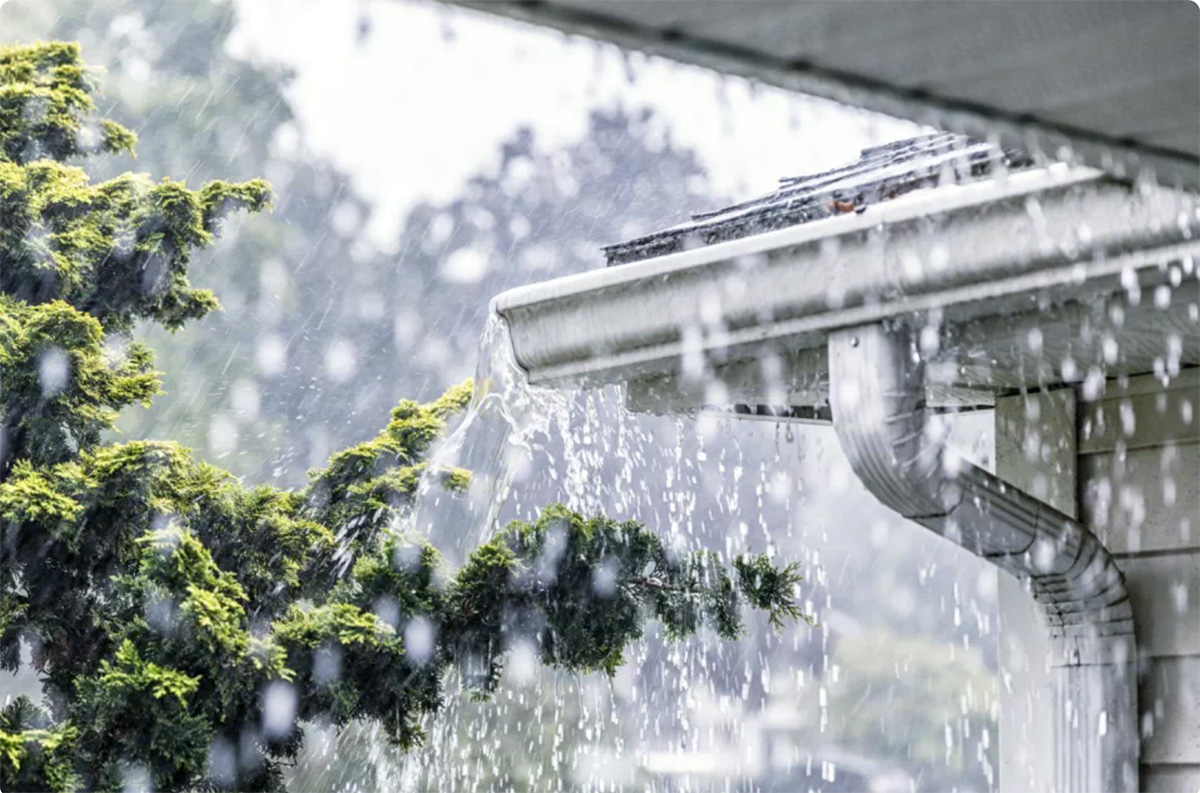
The risk of severe weather affects where four in 10 people want to live, but homes in flood-prone areas often outperform others due to improved infrastructure investment, an analyst has said.
The NSW floods have forced 18,000 people to evacuate and prompted an insurance catastrophe, with more than 5,000 people filing claims over the weekend and nearly 10,000 in total.
However, while the long-term mental health and financial impacts are devastating, home values have historically proved reasonably resilient, said Cameron Kusher, director of economic research at REA Group.
“Adverse weather events such as floods and bushfires have a variable impact on housing markets,” he told Yahoo Finance.
“In the short term, we often see a jump in listings as people look to leave the area. Longer term, house price growth tends to outperform the broader market.”
This may be due to new infrastructure and homes built with flood-resilience in mind, he said.
Additionally, these areas are often highly sought-after, which generally increases demand.
“[However] in less sought-after areas of regional NSW, we may not be as likely to see the outperformance of the market if there are fewer people willing to live with more frequent catastrophic weather events.”
Around four in 10 potential buyers will rethink buying in areas impacted, or at risk of, severe weather events. Bushfires were the biggest concern, followed by floods.
The report, released earlier this year, found that nearly half of Australians have or will make changes to their homes to adapt to severe weather events, while 6 per cent have decided to leave their area.
And one in 10 households said they didn’t feel confident they would know what to do when faced with a severe weather event.
It comes as regional and rural areas continue to climb in price.
Regional markets were up 2.1 per cent over February, according to the latest figures from property analytics firm CoreLogic.
Homes in regional areas generally suffered a smaller dip in values over the COVID-19 period, as buyers sought at sea- and tree-changes, and the mass exodus of international students left those markets largely untouched.
Over the last 12 months, the combined regional areas have climbed 9.4 per cent, compared to the 2.6 per cent increase in the combined capitals.
According to a study published in Nature Urban Sustainability, zoning must change in Australia to prevent people from building in areas at risk of severe weather events.
That’s in addition to an overhaul of the energy system, replacing oil, gas and coal with renewable energies to help curb climate change.
“The apocalyptic beginning to 2020 commencing with the Australian bushfires followed by hail storms, floods and most recently the COVID-19 virus global pandemic, has stretched everyone in Australia to cope with such a dramatic and continuing assault,” the researchers said.
The cost of extreme weather in Australia has more than doubled since the 1970s, according to a report from the Climate Council.
Extreme weather events cost $35 billion in the last decade and may rise to $100 billion by 2038.
Floods made up the greatest proportion of economic damage from extreme weather, followed by cyclones and droughts.
Globally, disasters caused $272 billion in economic losses in 2020.